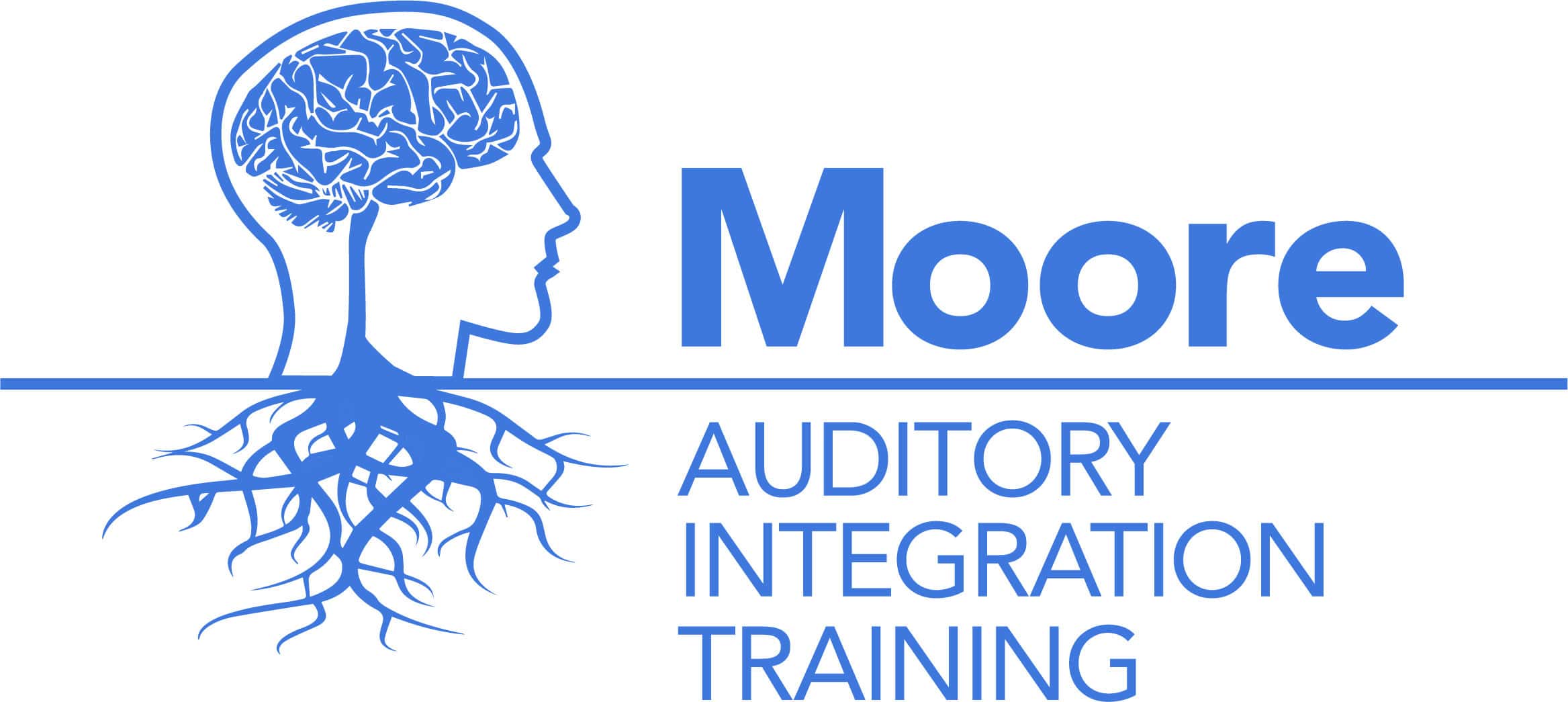Autism, A High Risk of Hearing Loss
A hearing deficit is rarely deafness. Many behaviors associated with autism are also associated with diminished hearing and visual processing difficulties not found during typical hearing tests and visual acuity testing.

